Deep learning is about learning unknown concepts so are typically used in terms of finding patterns in sets of data. This is unsupervised since these patterns are not necessarily known a-priori. In supervised learning, however, the type of pattern you require is easily understood a-priori in the form of training patterns which fit the data you are trying to learn about. These patterns become the basis for fitting your model (e.g. a neural network trained using back-propagation) to your data. There is no true discovery of new concepts and components. So from this perspective, I would say that no, deep learning cannot be applied to solving supervised learning problems.
Having said that, you might be able to use it to find interesting patterns in your data. You could then use these interesting patterns as a basis for training using a standard supervised approach. Perhaps this is what they did above, where you mention
"They also say the neurons are pre-trained using unsupervised RBM network. Later they are fine tuned using Back propagation algorithm (supervised)."
Without having read what you read, perhaps they started with an unsupervised algorithm to find the most interesting data and in doing so performed a form of dimensionality reduction, leading to data that was easier to train than the original data, using a supervised algorithm.
